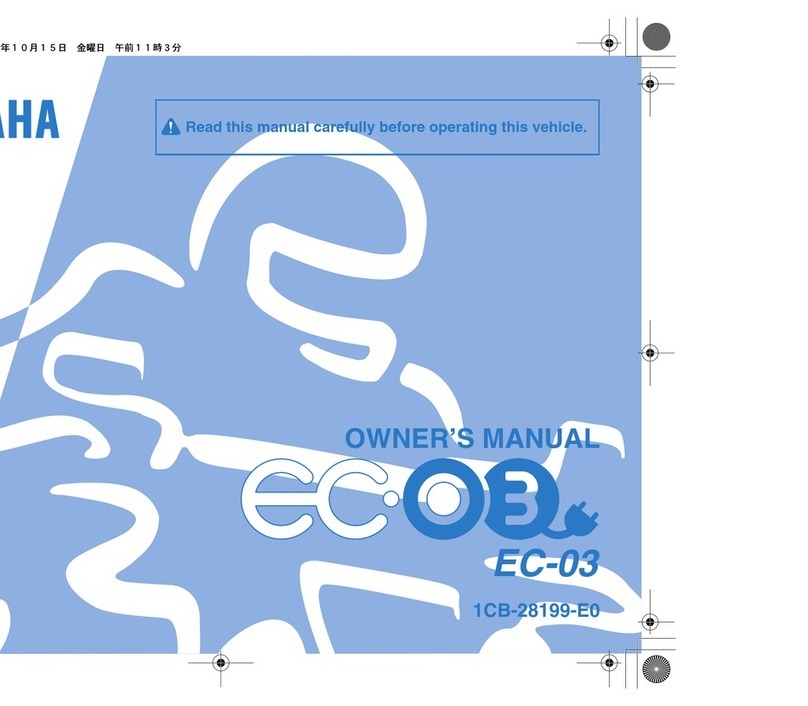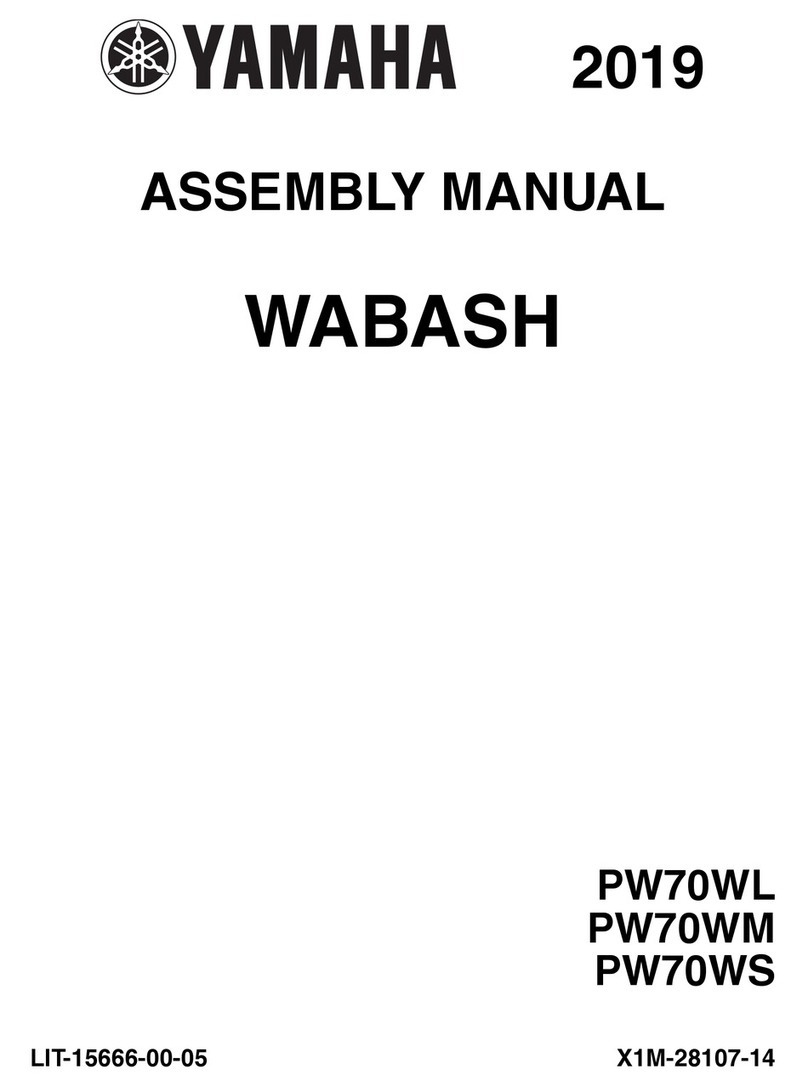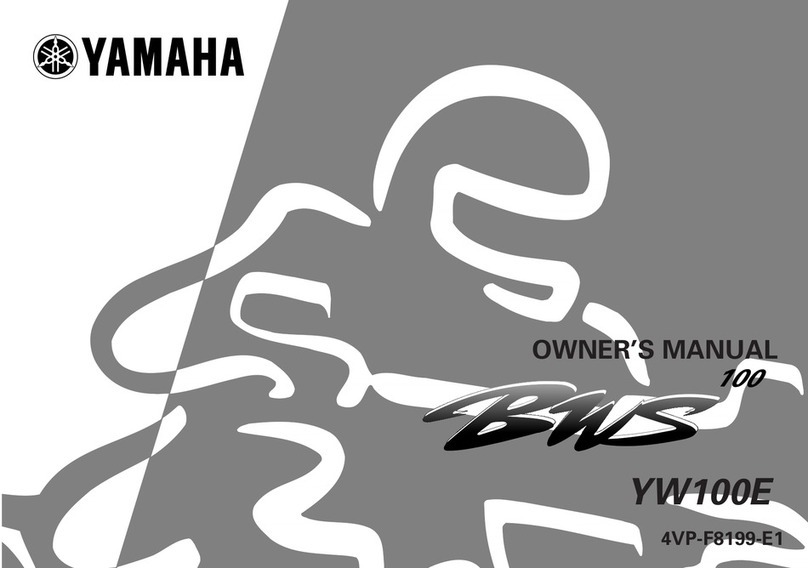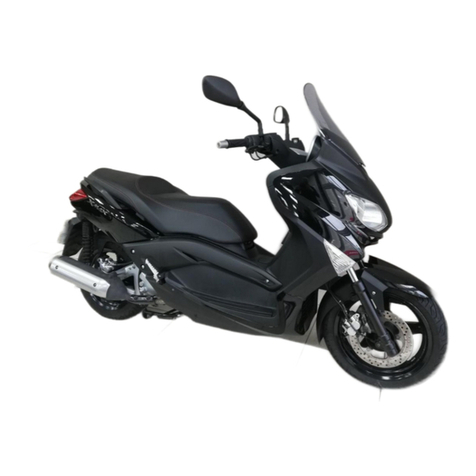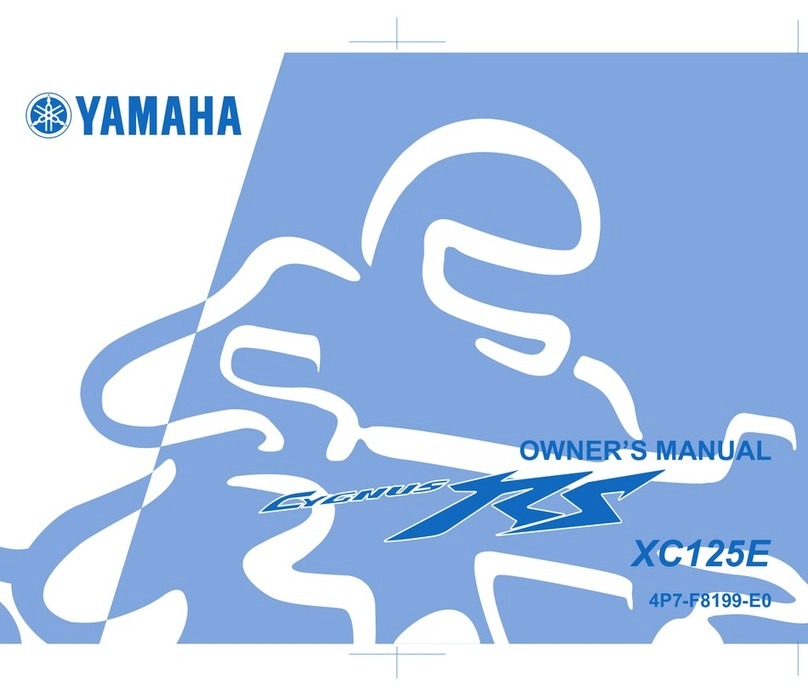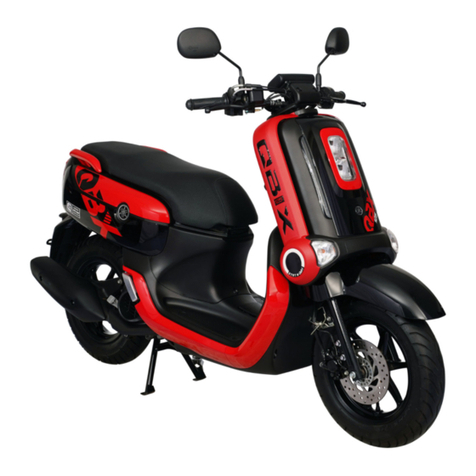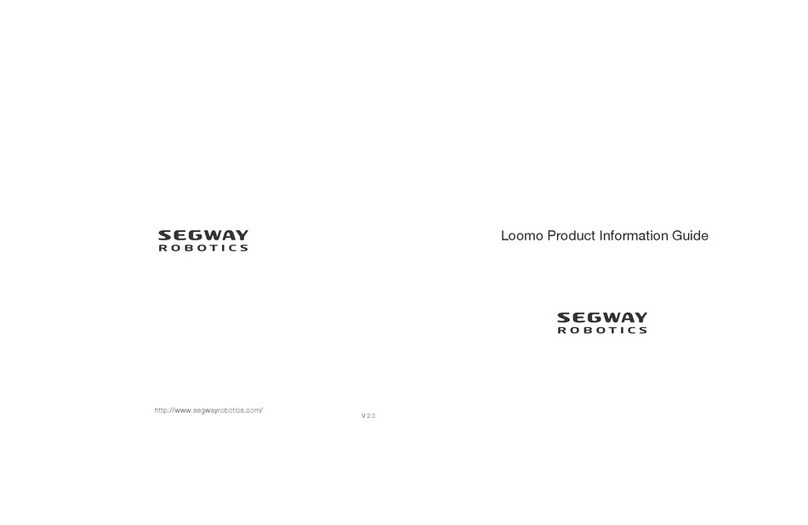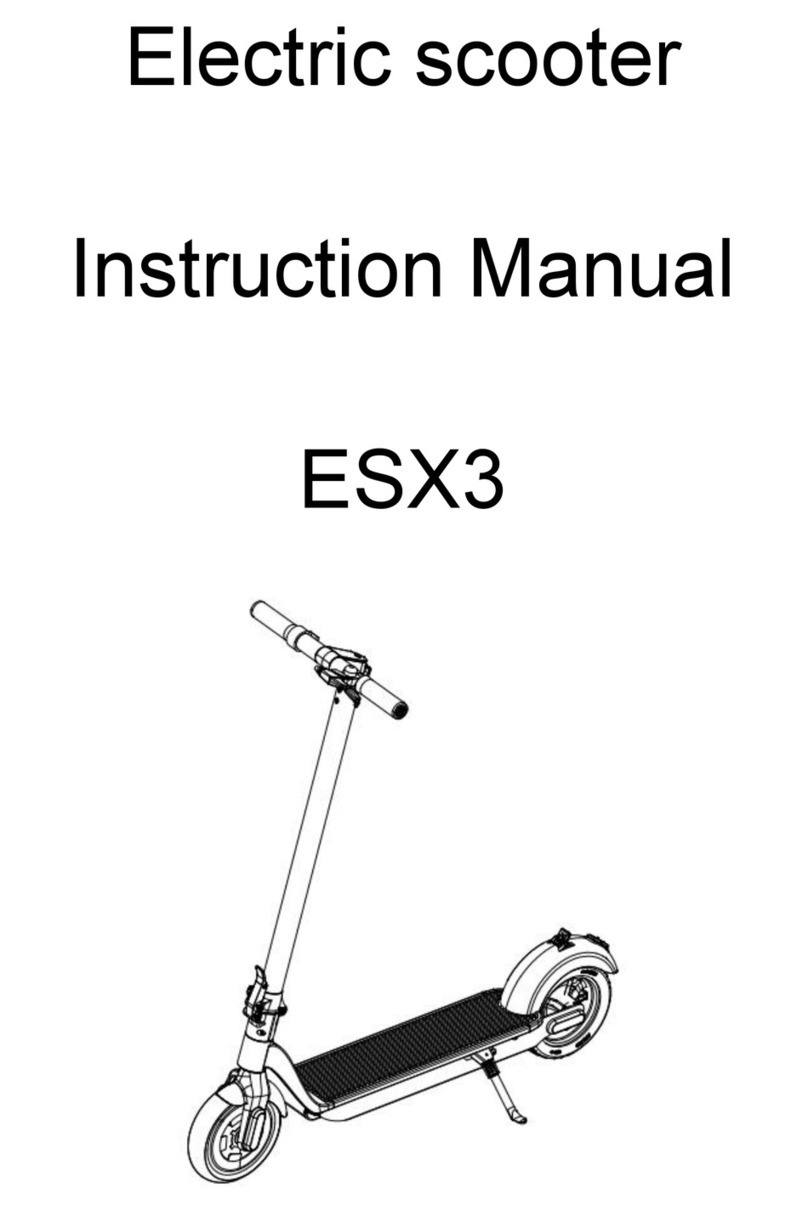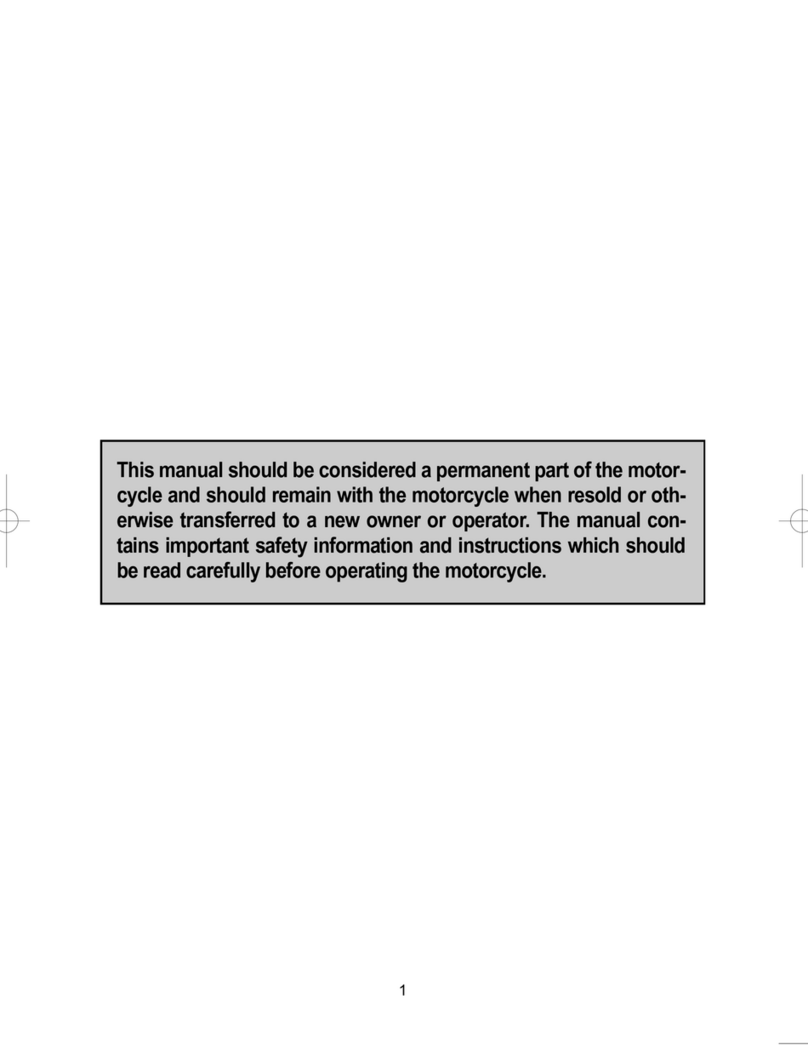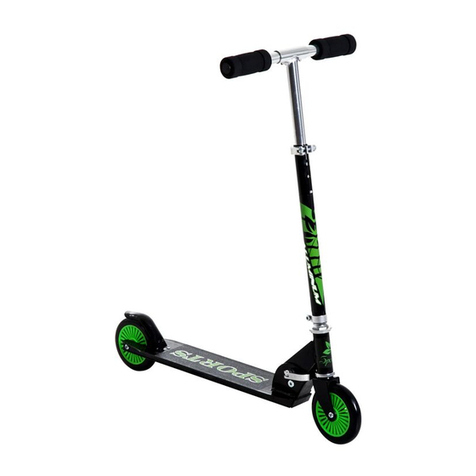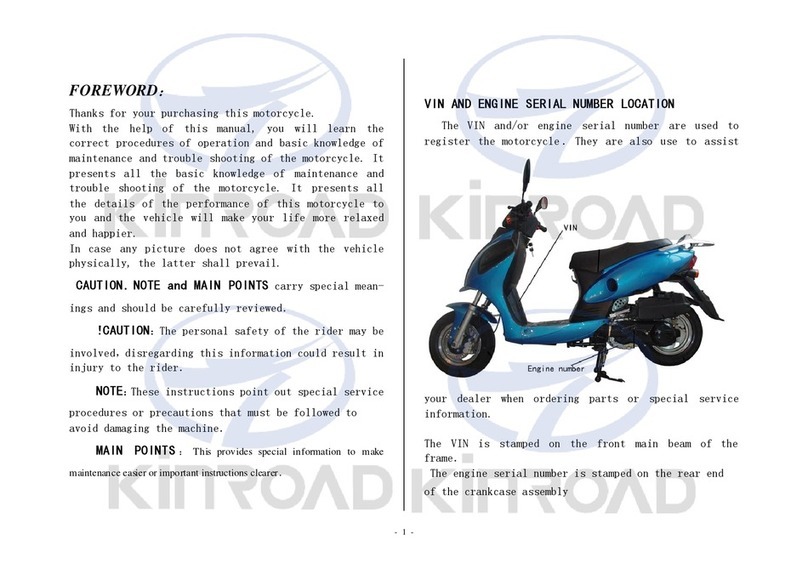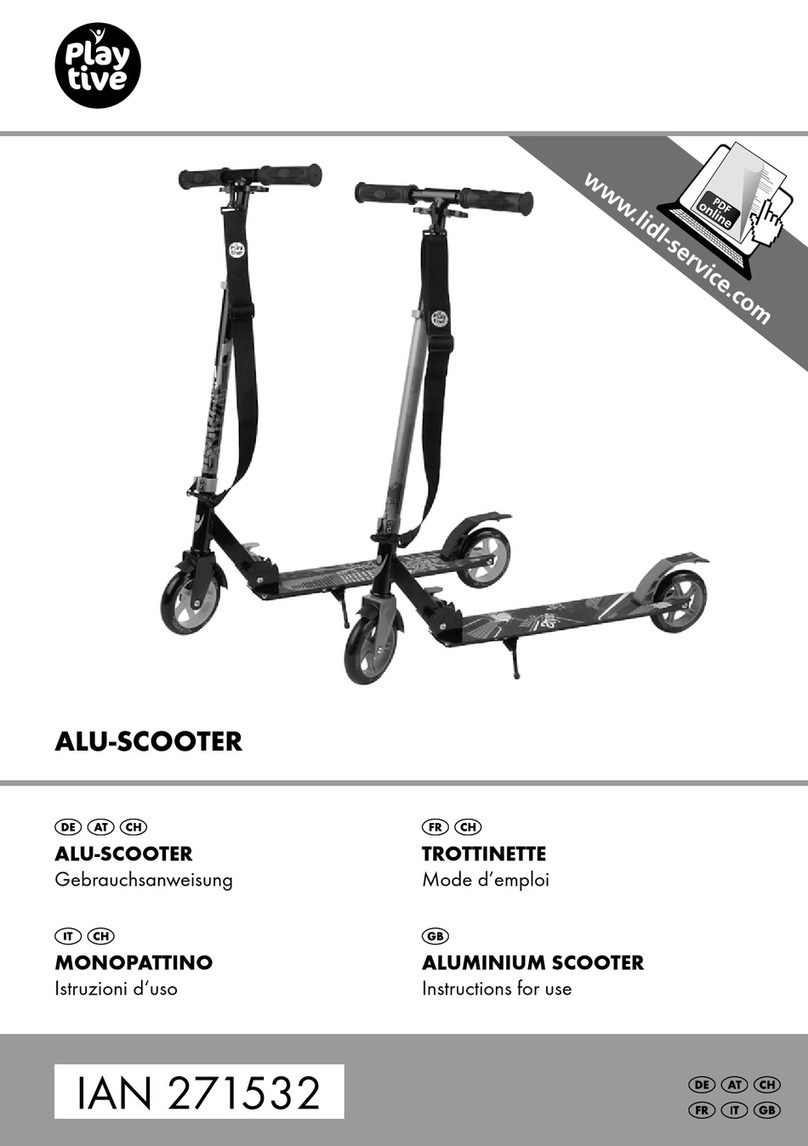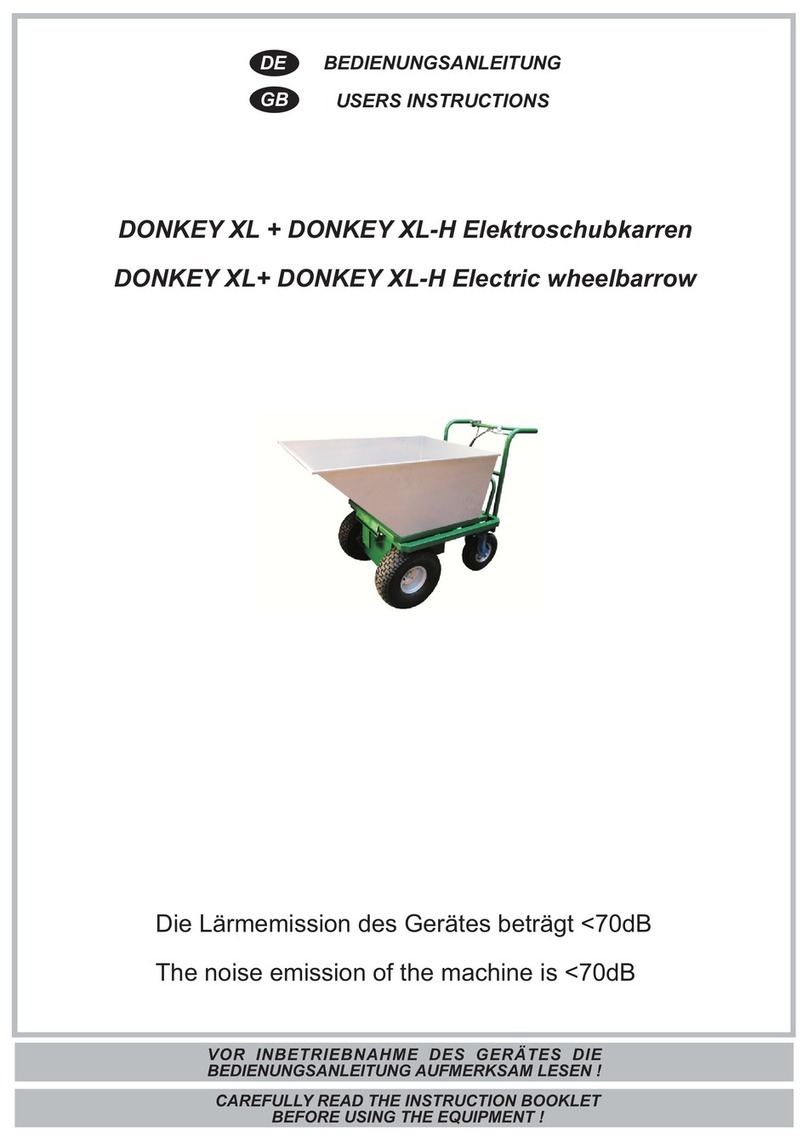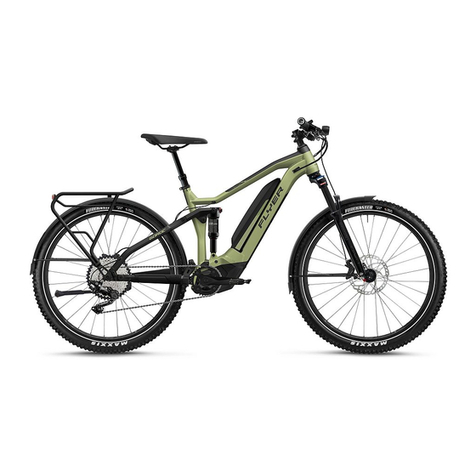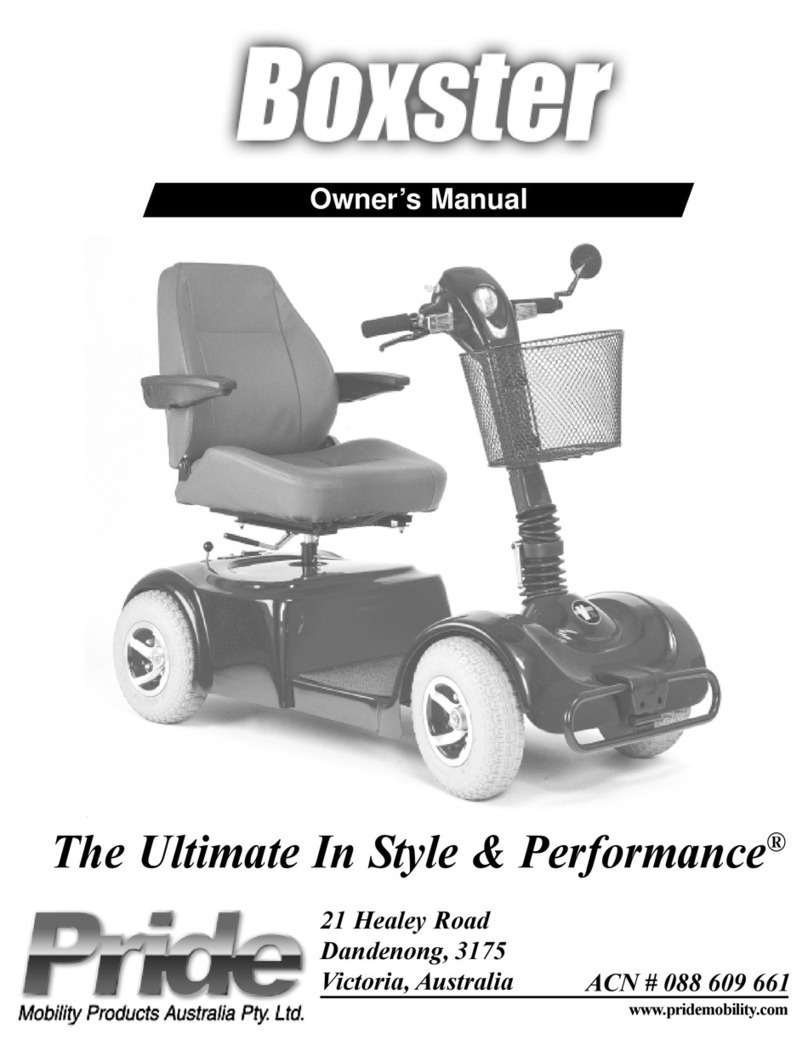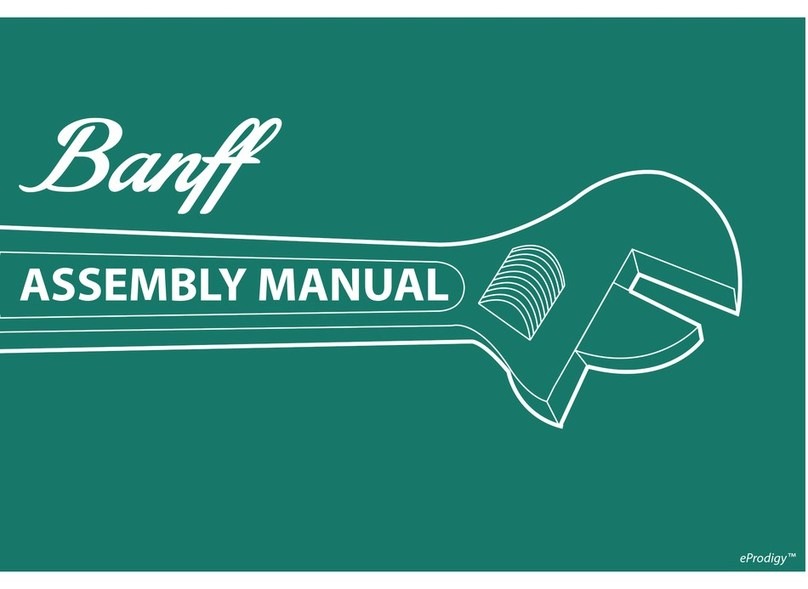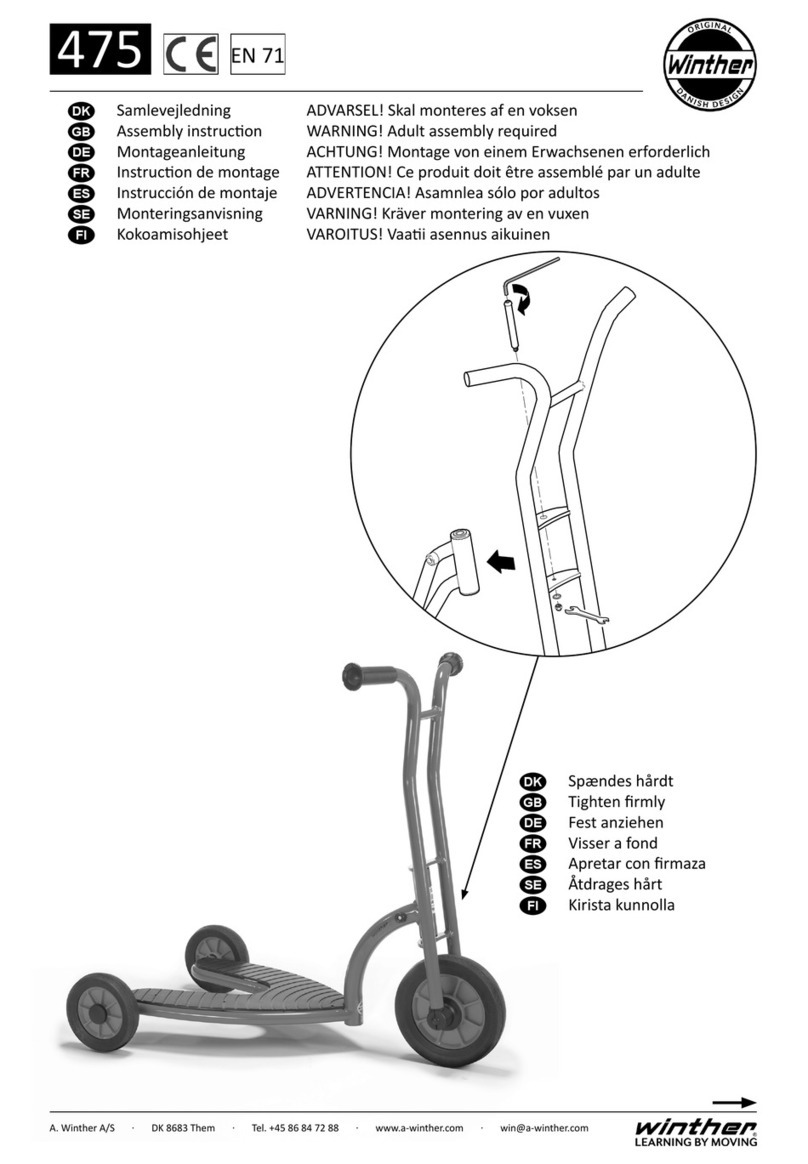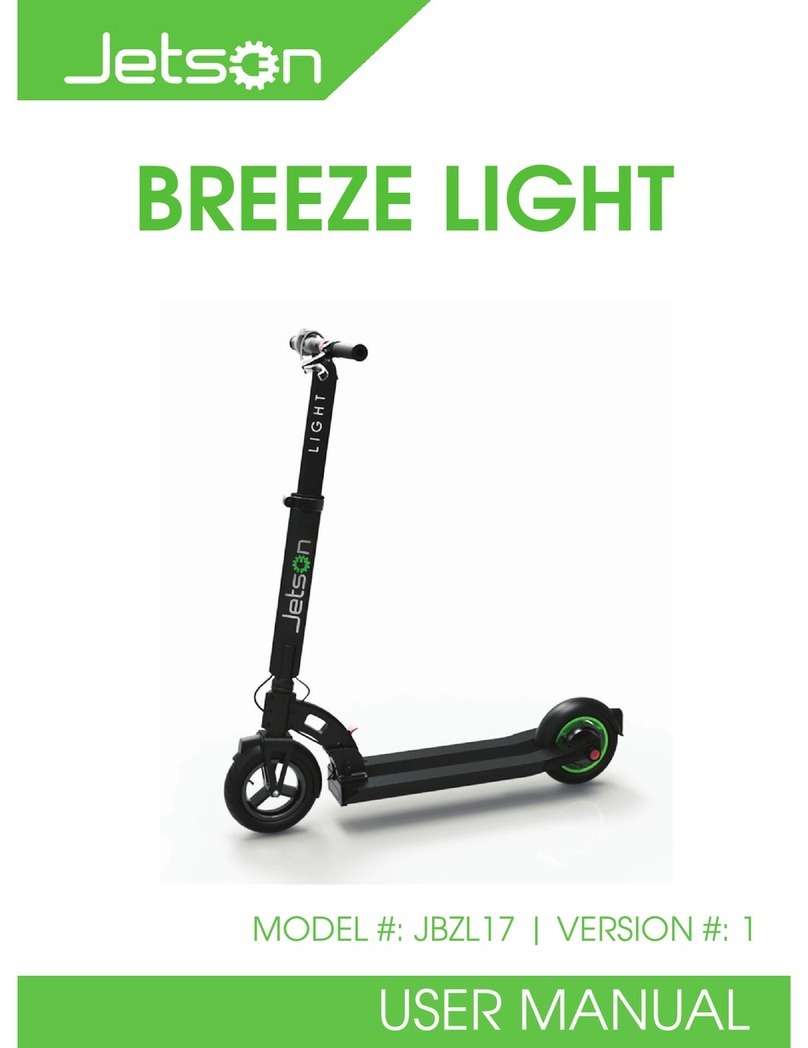TABLE OF CONTENTS
SAFETY INFORMATION .................. 1-1
Further safe-riding points................. 1-5
DESCRIPTION ................................... 2-1
Left view .......................................... 2-1
Right view ........................................ 2-2
Controls and instruments................. 2-3
INSTRUMENT AND CONTROL
FUNCTIONS ....................................... 3-1
Main switch/steering lock................. 3-1
Keyhole cover.................................. 3-2
Indicator lights and warning lights ... 3-2
Tachometer ..................................... 3-3
Fuel gauge....................................... 3-4
Multi-function display ....................... 3-4
Handlebar switches ......................... 3-6
Front brake lever ............................. 3-7
Rear brake lever .............................. 3-7
Fuel tank cap ................................... 3-8
Fuel.................................................. 3-8
Fuel tank breather hose and overflow
hose ............................................. 3-9
Catalytic converter......................... 3-10
Seat ............................................... 3-10
Passenger footrest ........................ 3-11
Helmet holder ................................ 3-11
Storage compartments .................. 3-12
Shock absorber assembly ............. 3-13
Luggage hook................................ 3-14
Sidestand....................................... 3-14
Ignition circuit cut-off system......... 3-15
FOR YOUR SAFETY – PRE-OPERATION
CHECKS ............................................ 4-1
OPERATION AND IMPORTANT RIDING
POINTS .............................................. 5-1
Starting the engine .......................... 5-1
Starting off....................................... 5-2
Acceleration and deceleration......... 5-2
Braking ............................................ 5-3
Tips for reducing fuel
consumption ................................ 5-3
Engine break-in ............................... 5-3
Parking ............................................ 5-4
PERIODIC MAINTENANCE AND
ADJUSTMENT ................................... 6-1
Owner’s tool kit................................ 6-2
Periodic maintenance chart for the
emission control system .............. 6-4
General maintenance and lubrication
chart............................................. 6-5
Removing and installing panels ...... 6-8
Checking the spark plug.................. 6-9
Engine oil and oil strainer.............. 6-10
Final transmission oil..................... 6-12
Coolant.......................................... 6-13
Air filter and V-belt case air filter
elements .................................... 6-15
Checking the engine idling
speed.......................................... 6-16
Checking the throttle grip free
play............................................. 6-17
Valve clearance ............................. 6-17
Tires............................................... 6-17
Cast wheels ................................... 6-19
Checking the front and rear brake
lever free play............................. 6-20
Checking the front and rear brake
pads............................................ 6-20
Checking the brake fluid level........ 6-21
Changing the brake fluid ............... 6-22
Checking and lubricating the
cables ......................................... 6-22
Checking and lubricating the throttle
grip and cable............................. 6-22
Lubricating the front and rear brake
levers.......................................... 6-23
Checking and lubricating the
centerstand and sidestand ......... 6-23
Checking the front fork................... 6-24
Checking the steering .................... 6-25
Checking the wheel bearings......... 6-25
Battery ........................................... 6-25
Replacing the fuses ....................... 6-27
Replacing the headlight bulb ......... 6-28
Tail/brake light ............................... 6-28
Front turn signal light ..................... 6-28
Replacing a rear turn signal light
bulb............................................. 6-29
U2PEE0E01ページ2014年4月18日 金曜日 午後4時9分








